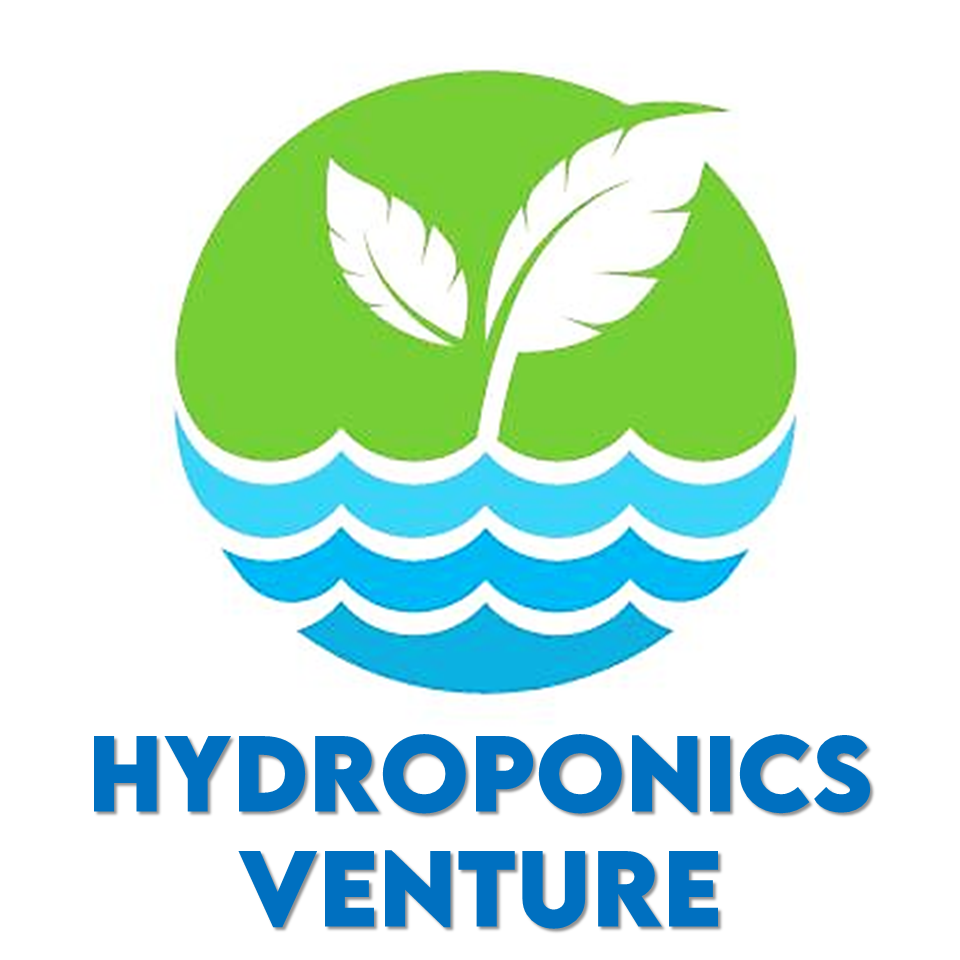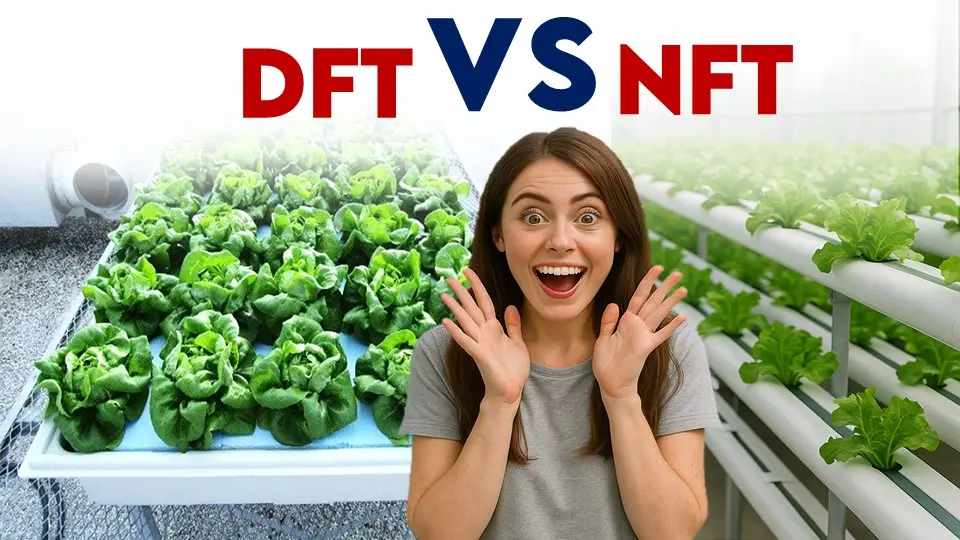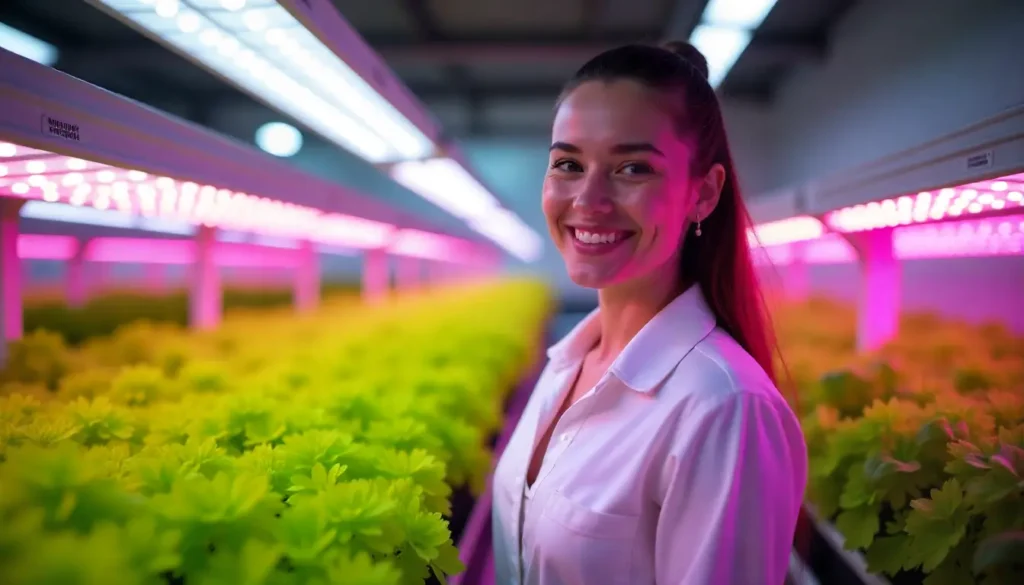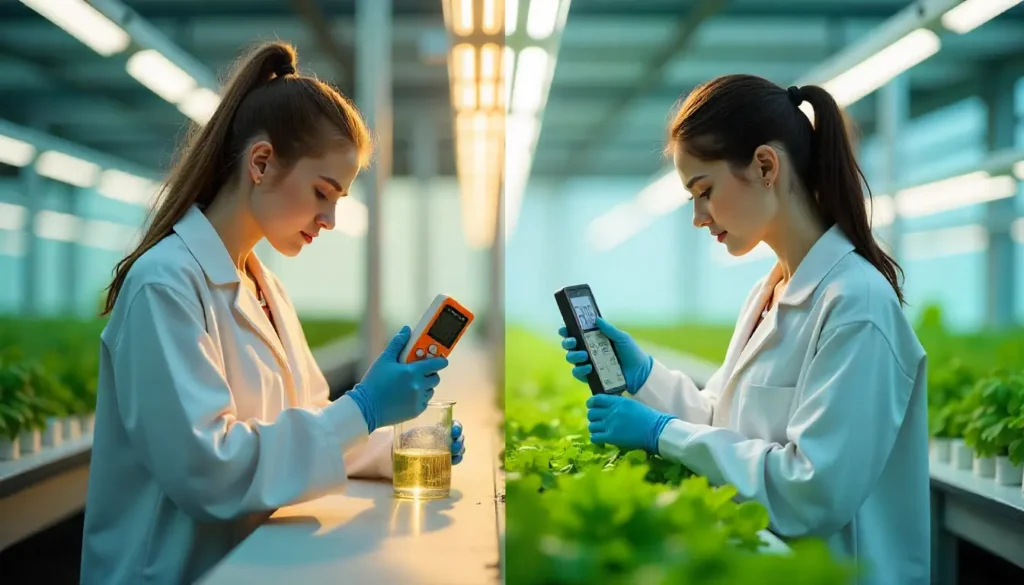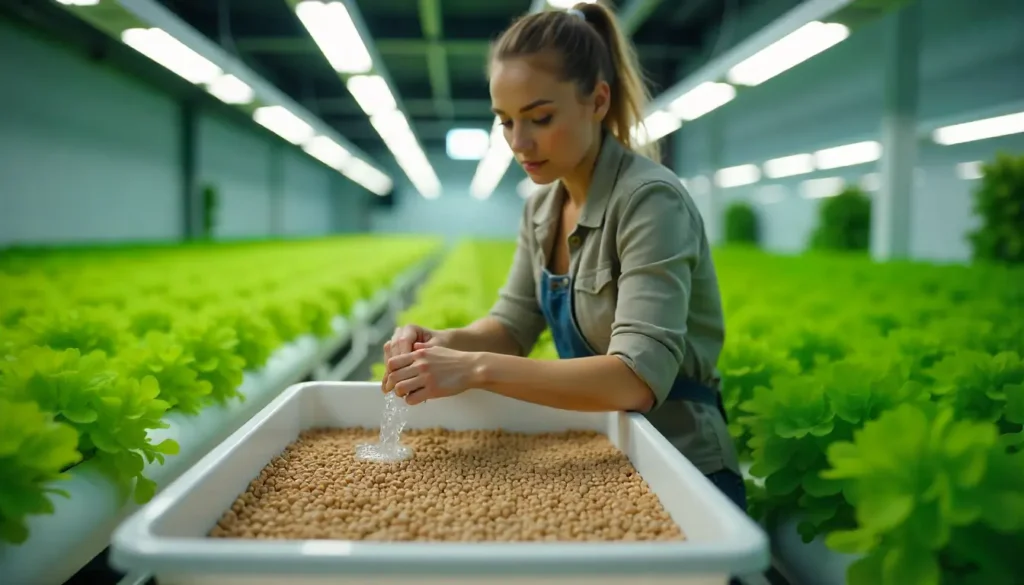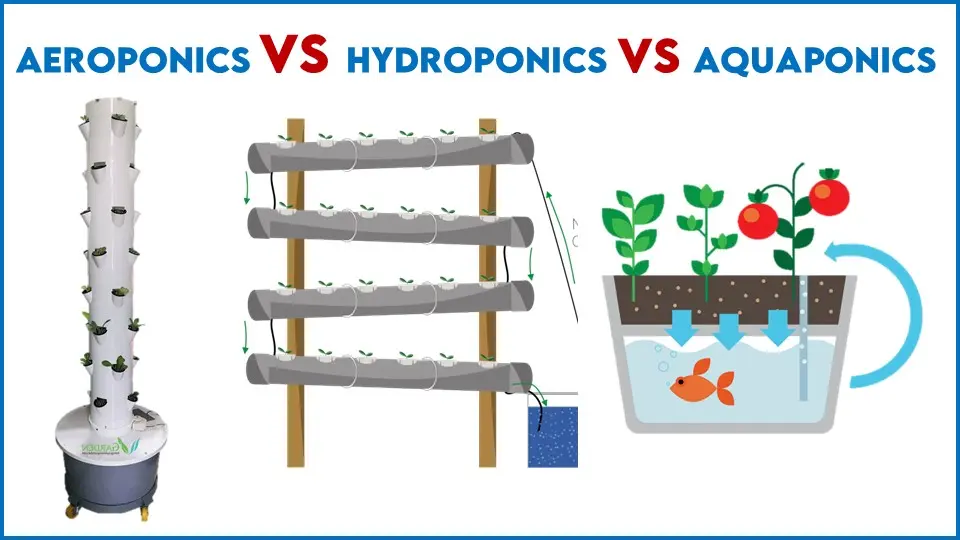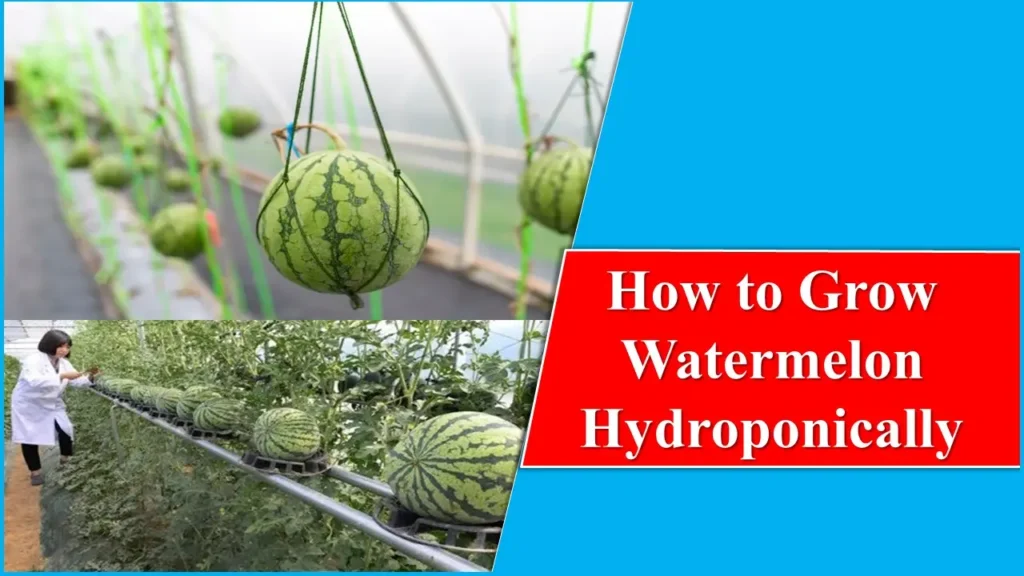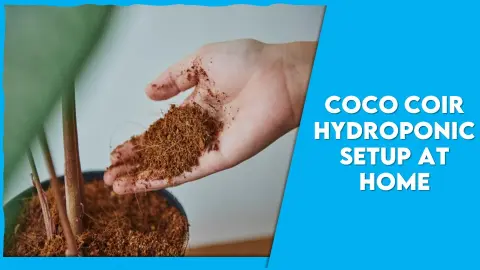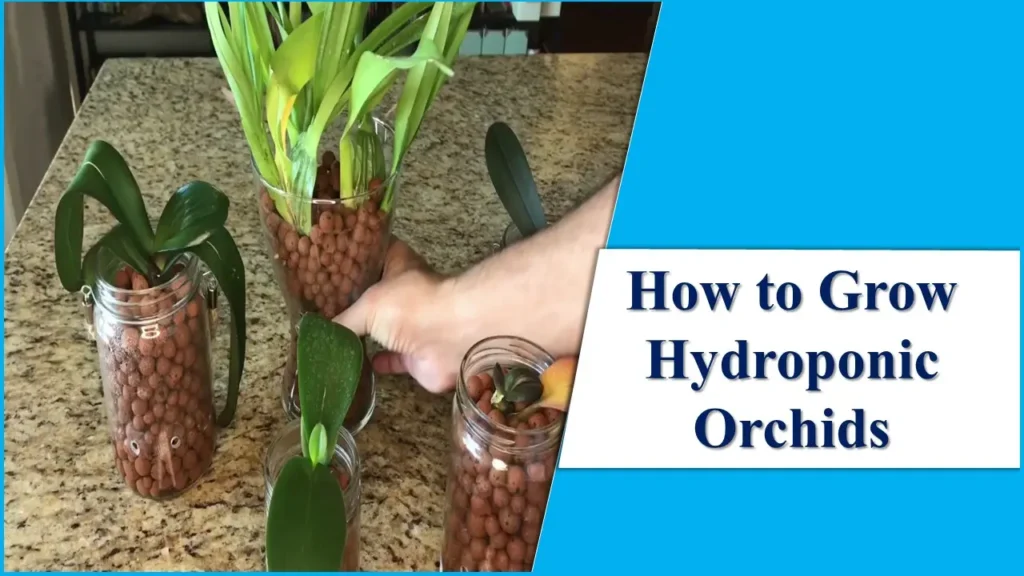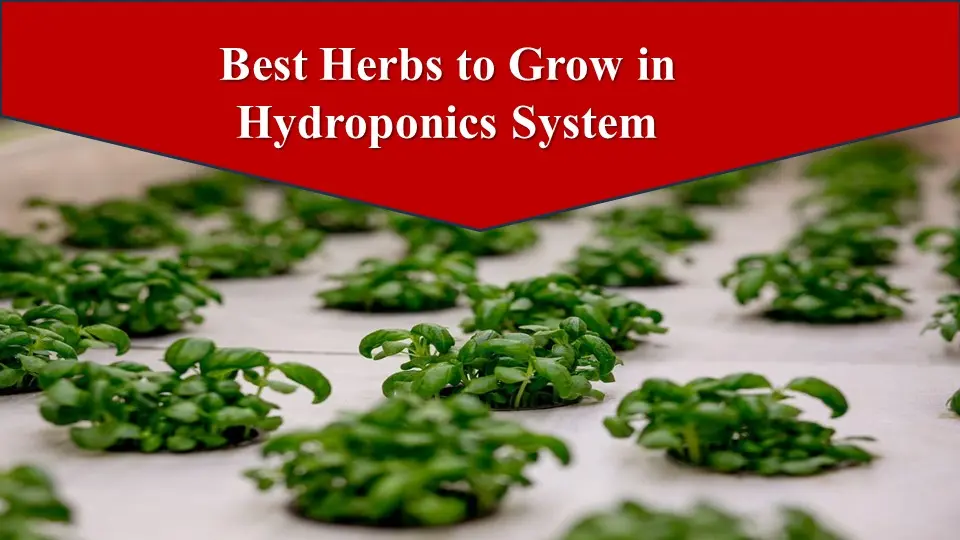Difference between NFT and DFT Hydroponics : What’s best for you?
In an urban world, we all strive for healthy and safe food. It makes us ready to spend lavishly on the organic products available in the market. But the truth is, nothing beats the quality and satisfaction of growing your own produce.
However, living in multi-story buildings often means limited space and time, which makes traditional gardening nearly impossible. To fulfill these lingering feelings of gardening and greening our homes, you must try hydroponics.
It is an eco-friendly, low-maintenance method of growing organic food all year round at your home. Even if you want to cultivate certain crops commercially, it is going to be quite economical, as it reduces the transport cost, labor cost, and protection costs. Among various hydroponic methods, DFT (Deep Flow Technique) and NFT (Nutrient Film Technique) are two of the most popular systems adopted worldwide.
Confused about which one suits your needs better? Then here is a little description and deep comparison between both these systems to make things easier for you.
What is DFT(Deep Flow Technique)?
DFT is a hydroponics system where plants are grown with their roots submerged in a nutrient-rich solution that flows continuously from a reservoir, through a tray or channel, and back to the reservoir, ensuring the roots are always in contact with the nutrient solution.
Unlike other systems where water stays static, DFT works on a continuous stream of water, which makes it a better option than the others.
Functioning of a DFT System.
In a DFT system, your plant will rest inside the net pots, which are designed to hold the plant steadily along with some growing media. It allows the roots to grow freely and reach the nutrient solution without any haste. To ensure the continuous suspension of roots in the nutrient solution, a Raft is used to hold the pots above the solution.
A nutrient solution reservoir is added to the system to store the water mixed with essential nutrients and acts as the main water source for the system. It should be large enough to ensure a consistent flow and prevent nutrient fluctuations. To ensure proper aeration in the DFT system, it is advised to use an Air Pump & Air Stone. Proper aeration prevents root suffocation and promotes healthy growth.
Along with these keep pH and EC meter to ensure optimal nutrient concentration in the system all the time.

What is NFT (Nutrient Film Technique)?
NFT is popular for minimal nutrient wastage in the system. This technique uses a shallow stream of nutrient-rich water necessary for plant growth, it is recirculated past the bare roots of plants in the watertight gully, known as Gully.
Functioning of a NFT System
Similar to the DFT system, the net pots are used in NFT also, to hold the plants to dangle the roots into the grow channel for nutrient absorption, but instead of using a raft, here we use ‘Growing Channels’. It is narrow & sloped channels, which allow the nutrient solution to flow in a thin film.
Here also, a nutrient solution reservoir is used to store the water mixed with essential nutrients. It acts as the source and collection point for the circulating solution. Through a water pump, the water in the reservoir is transferred to the plants via channels. At the end of these growing channels is a ‘Return Drain’, which closes the loop for the recirculating system.
To maintain the right slope (1-3% gradient) of the channels, we should add a support frame, it will allow gravity-driven flow and proper root exposure.
Other than these, use pH and EC meters to monitor nutrient strength and acidity and optimize accordingly.
Note: NFT uses shallow, sloped grow channels without rafts, while DFT uses deeper channels often with floating rafts and active aeration.
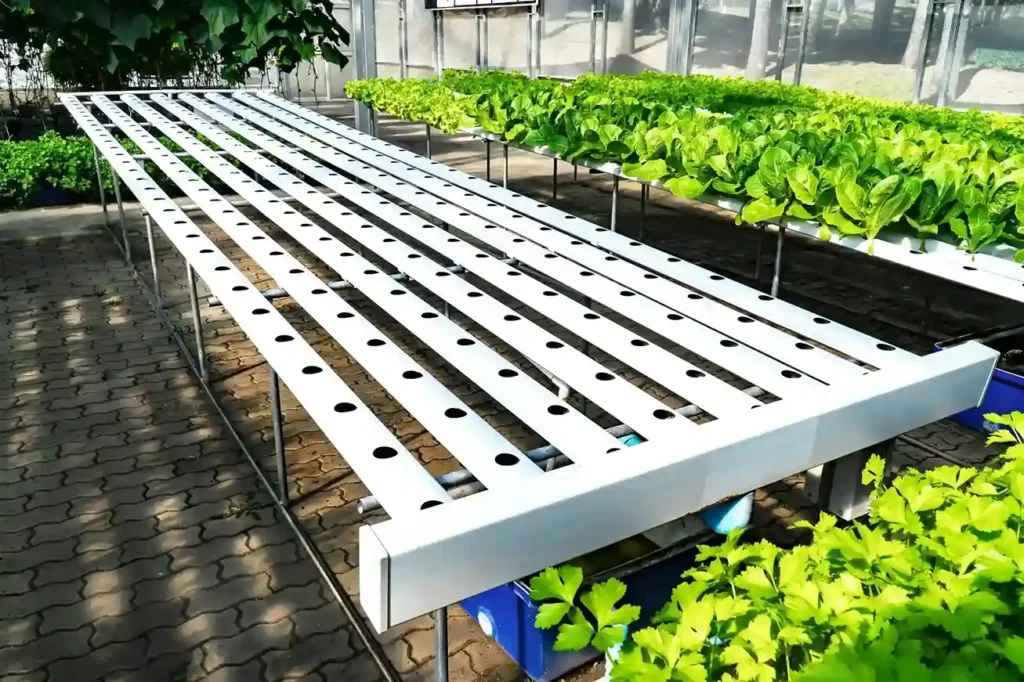
Difference between NFT and DFT Hydroponics | DFT vs NFT
The major differences between DFT and NFT are due to their working mechanism and water use efficiency, while the crops recommended in both systems are near to the same.
| Characteristics | DFT | NFT |
| Channel Depth | Deep (2–4 inches of nutrient-rich water) | Shallow (thin film of nutrients, ~1–3 mm deep) |
| Water Flow | Deeper static or slow-moving. | Continuous thin film. |
| Root Exposure | Roots are submerged in the nutrient solution. | Roots are mostly exposed to air with a thin water film. |
| Aeration | Requires air stones or pumps for oxygenation | Naturally oxygenated via flow; aeration optional |
| Support system | Net pots placed in floating rafts. | Net pots sit in holes directly in channels. |
| Risk | The risk is lower as deep water keeps roots moist temporarily. | The risk is higher, as roots dry out quickly if the flow stops. |
| Crops | Suitable for leafy greens, herbs, and fruiting crops. | Best for lightweight leafy greens and herbs. |
Which one is for you? DFT or NFT
The choice of system depends upon factors like space availability, type of crop, water and nutrient availability, etc.
There are only some minor differences between DFT (Deep Flow Technique) and NFT (Nutrient Film Technique). I hope you can find the best one for yourself through this article. To learn more about hydroponics systems and crops, keep learning more from us. If you have any doubts, we will clear it here for you, so feel free to comment. Solve it here, so comment on it here.
Does your area face regular power cut-offs?
Although both of these systems require a regular power supply to function, the NFT is quite vulnerable to power shortage as it will quickly dry out the roots and might lead to physiological shock in plants. However, Plants in DFT don’t dry out that easily.
Do you want to grow fruits?
NFT is not ideal for large fruiting crops like tomatoes, cucumbers, or peppers unless heavily modified for root support and stability. So, use NFT in such cases.
You don’t have air pumps or airstones?
NFT requires a thin stream of water which gets naturally oxygenated, while DFT needs continuous aeration to prevent root rot. If you are short of resources, use NFT.
Latest Post
- Nutrients Required for Hydroponic Farming
- Types of Grow Light for Hydroponics
- Factors Affect Nutrient Solution in Hydroponics
- How to Maintain pH and EC in Hydroponics System
- How to Clean Hydroton Clay Pebbles For Reuse
- How to Clean Hydroton Clay Pebbles for Reuse
- Role of Grow Light in Hydroponics
- How to Grow Hydroponic Peppers (Bell Peppers Hydroponics)
- Aeroponics vs Hydroponics vs Aquaponics
- Difference between NFT and DFT Hydroponics : What’s best for you?
- Can You Grow Watermelon Hydroponically : Hydroponic Watermelon
- Best Vegetables for Hydroponics System
Join Our Hydroponics Growers Group!
Connect with fellow hydroponics enthusiasts, share your ideas, ask questions, and grow together as a community.
👉 Join WhatsApp Group